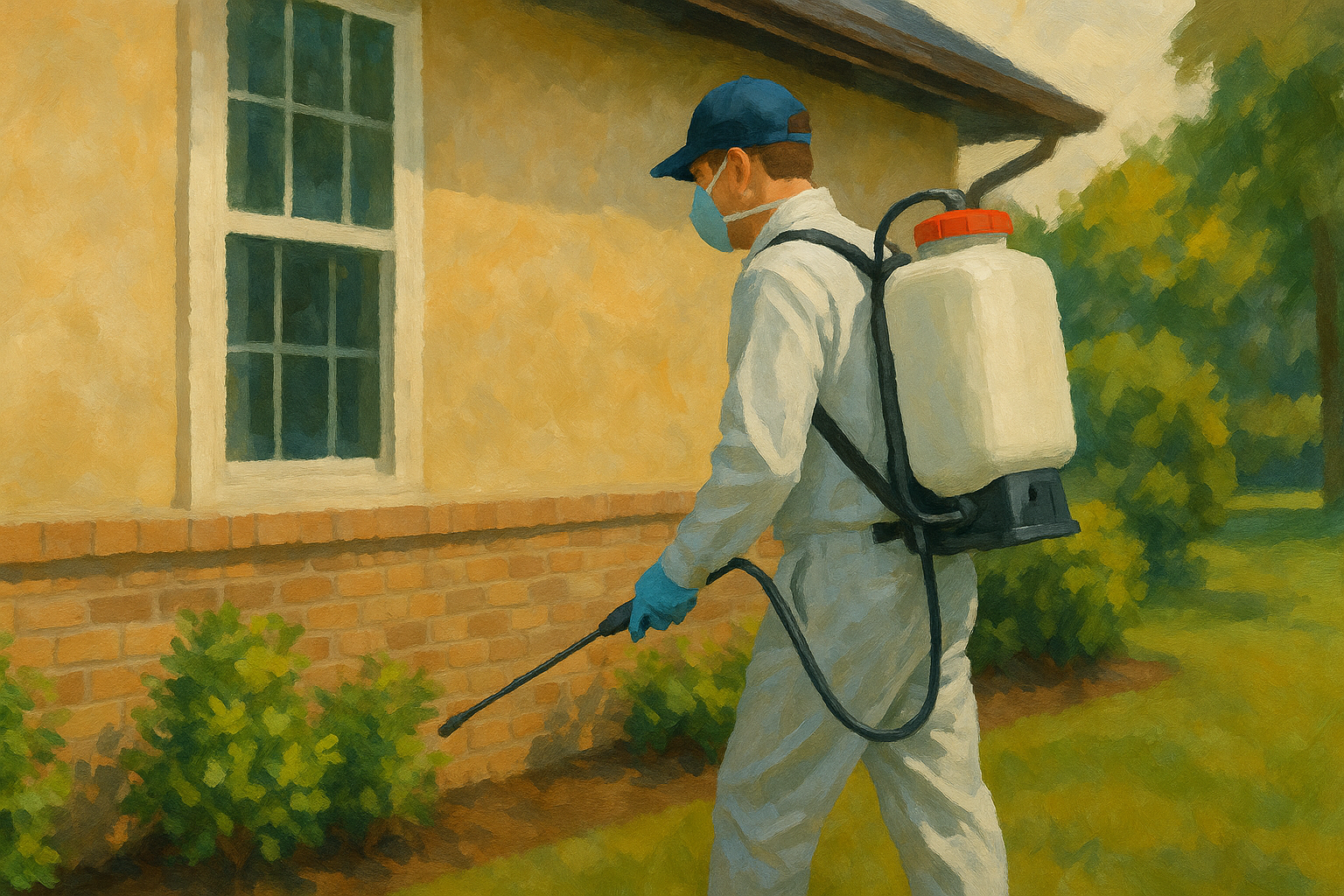Southern Idaho is experiencing a major outbreak of Mormon crickets, with large swarms now spreading across Owyhee County and moving steadily toward the Treasure Valley. The insects are consuming crops, damaging rangeland, and creating hazardous conditions on rural roads.
Mormon crickets (Anabrus simplex), despite their name, are not true crickets but rather large, flightless katydids that can grow over two inches long. They are known for forming migratory swarms that can stretch hundreds of yards wide and travel more than a mile per day. These outbreaks are cyclical and often follow warm, dry winters and springs. While they are not dangerous to humans, they carry other reasons for concern.
Extensive Damage in Southern Idaho
The insects have been observed stripping hillsides and pastures of vegetation within days. The loss of forage is creating challenges for ranchers who rely on these lands for grazing livestock. While irrigated crops are generally more resistant to Mormon cricket damage, dryland fields and uncultivated areas are particularly vulnerable.
In some places, the sheer number of crickets has overwhelmed bait lines and makeshift control efforts. Roads covered in crushed insects have become slippery and hazardous, prompting safety advisories from transportation officials.
Ongoing Control Efforts
State and federal agencies, including the Idaho State Department of Agriculture and the Bureau of Land Management, are coordinating treatment efforts. These include aerial and ground applications of carbaryl-based bait to slow the migration and protect key areas. However, the mobility and density of the swarms make complete eradication unlikely.
Control efforts are currently prioritized around critical grazing lands and agricultural zones, with an emphasis on containment rather than elimination.
Risk to the Treasure Valley
As the swarms continue moving north, there is growing concern that they could reach the outskirts of the Treasure Valley, including areas near Kuna, Melba, and south Nampa. While Mormon crickets tend to avoid irrigated and heavily developed areas, gardens, dry edges of fields, and roadside vegetation could be affected.
Transportation departments are urging caution in areas where crickets are present, especially on rural highways where traction may be reduced. And honestly, the Snake River itself historically has been a major geographical deterrent as Mormon Crickets cannot fly.
What Residents Can Do
Property owners in vulnerable areas can take the following steps:
- Trim vegetation around property borders to reduce habitat.
- Apply bait or barriers early, before swarms arrive.
- Report sightings of large groups to the Idaho State Department of Agriculture.
- Use caution when driving through affected areas, particularly at dawn and dusk when crickets are most active.
Looking Ahead
The current conditions—dry rangeland, warm temperatures, and limited natural controls—are likely to support continued movement through the summer unless significant weather changes occur.
Residents and agricultural operators are encouraged to stay informed through official channels and to take early action to protect property and livestock as needed.
For Mormon Cricket or other
pest issues in the Boise area, give Bigfoot a call!
Contact Today For $100 Off Your Initial Service!
⭐⭐⭐⭐⭐
Backed by our Bigfoot Guarantee!
What Customers Are Saying:
"Everyone from Bigfoot is awesome. They are always on time. They're extremely thorough. I've not had a single issue in the two years they have been treating our home. Well worth it!"
T. Potter | Meridian, ID






